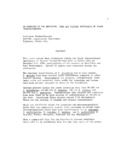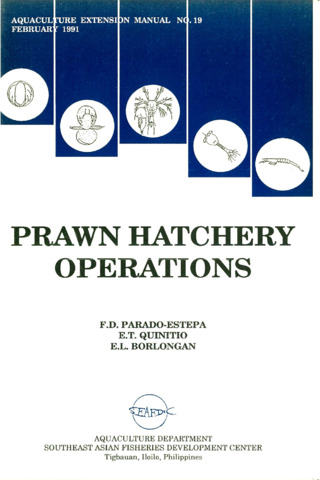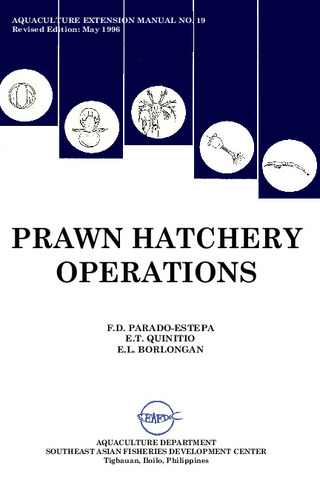Perlihatkan publikasi sederhana
Methionine requirement of juvenile tiger shrimp Penaeus monodon Fabricius
Share
| dc.contributor.author | Millamena, Oseni M. | |
| dc.contributor.author | Bautista-Teruel, Myrna N. | |
| dc.contributor.author | Kanazawa, A. | |
| dc.date.accessioned | 2013-04-10T05:59:51Z | |
| dc.date.available | 2013-04-10T05:59:51Z | |
| dc.date.issued | 1996 | |
| dc.identifier.citation | Millamena, O. M., Bautista-Teruel, M. N., & Kanazawa, A. (1996). Methionine requirement of juvenile tiger shrimp Penaeus monodon Fabricius. Aquaculture, 143(3–4), 403–410. | en |
| dc.identifier.issn | 0044-8486 | |
| dc.identifier.uri | http://hdl.handle.net/10862/1565 | |
| dc.description.abstract | An 8-week feeding trial was conducted to determine the dietary requirement of postlarval Penaeus monodon for the sulfur-containing amino acid methionine. Shrimp postlarvae (mean weight 21 ± 0.3 mg) were reared in 40-1 fiberglass tanks in a flow-through seawater system. Test diets (37% protein and 360 kcal per 100 g diet) were formulated containing casein-gelatin as protein sources and supplemented with crystalline amino acids to simulate the amino acid pattern in shrimp tissue protein except methionine. The diets contained graded levels of methionine at a range of 0.72–1.12% of the diet or 2.0–3.0% of protein. In diet preparation, the crystalline amino acids were pre-coated with carboxymethylcellulose (CMC) to reduce leaching. Diets were further coated with CMC, cornstarch, and κ-carrageenan to improve water stability and the diet pH was kept at 7.0–7.2 by neutralization with 6N NaOH. Shrimp were fed the diets at 25–30% of their biomass thrice daily. At termination of the feeding experiment, various parameters including growth, survival, and feed conversion efficiency were determined and nutritional deficiency signs noted. The methionine requirement was determined from the relationship between weight gain and dietary methionine level using the broken-line regression method. The requirement of P. monodon postlarvae for methionine was 0.89% of the diet or 2.4% of protein. In a diet containing 0.41% cystine, the total sulfur amino acid requirement (methionine + cystine) would be 1.3% of the diet or 3.5% of protein. This requirement is slightly lower than the methionine level present in shrimp tissue protein. | en |
| dc.language.iso | en | en |
| dc.publisher | Elsevier | en |
| dc.subject | Penaeus monodon | en |
| dc.title | Methionine requirement of juvenile tiger shrimp Penaeus monodon Fabricius | en |
| dc.type | Article | en |
| dc.citation.volume | 143 | |
| dc.citation.issue | 3-4 | |
| dc.citation.spage | 403 | |
| dc.citation.epage | 410 | |
| dc.citation.journalTitle | Aquaculture | en |
| dc.subject.asfa | amino acids | en |
| dc.subject.asfa | diet | en |
| dc.subject.asfa | feed efficiency | en |
| dc.subject.asfa | feeding experiments | en |
| dc.subject.asfa | growth | en |
| dc.subject.asfa | juveniles | en |
| dc.subject.asfa | mariculture | en |
| dc.subject.asfa | methionine | en |
| dc.subject.asfa | nutritional requirements | en |
| dc.subject.asfa | proteins | en |
| dc.subject.asfa | shrimp culture | en |
| dc.subject.asfa | survival | en |
| dc.identifier.doi | 10.1016/0044-8486(96)01270-7 | |
| dc.subject.scientificName | Penaeus monodon | en |
Files in this item
| Files | Size | Format | View |
|---|
Publikasi ini ada di koleksi berikut
-
AQD Journal Articles [1223]
These papers were contributed by AQD staff to various national and international journals



